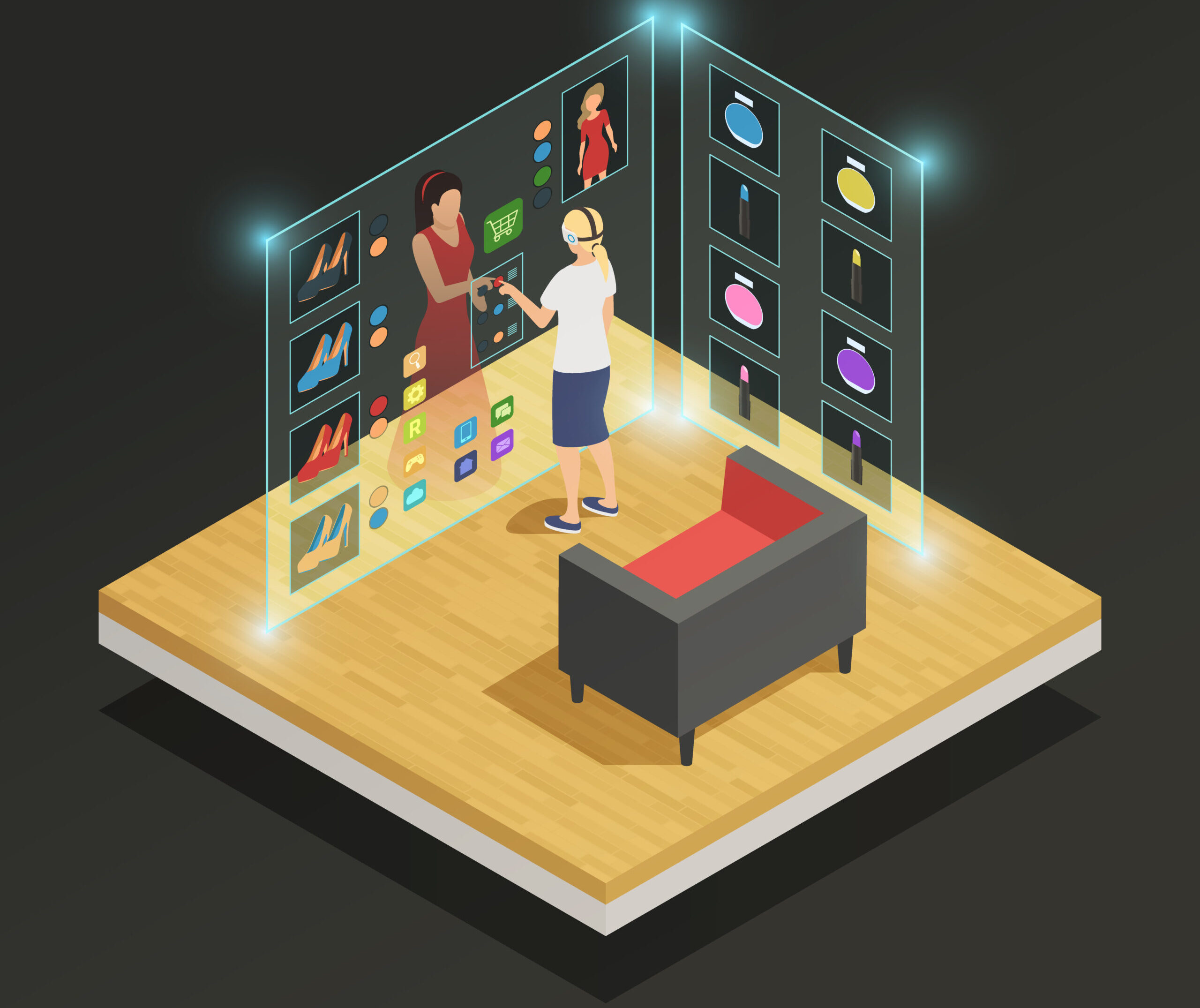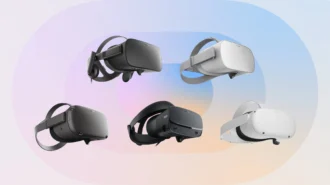Virtual Reality Showrooms: The Future of Dropshipping Product Showcases
Like any other retail business, dropshipping requires product presentation in the best light to make it sold most efficiently. You can use the dropshipping model for selling all types of goods; the only difference with standard business is that a drop shipper does not produce, store, and deliver them; he is responsible only for the online store and proper organization of the fulfilment process by choosing reliable Suppliers or Manufacturers, that are responsible for actual operational stages.
The best-selling items from drop shippers in 2023 are clothing and accessories, baby and home products, and electronics. For all these niches, it is essential to have a product description with detailed characteristics, photos, and videos. Some marketplaces have already started to test new 3D showrooms to allow checking the product on you or in your hands from all sides. Let’s review what advantages and disadvantages dropshipping businesses may get from virtual reality showrooms.
What is a virtual showroom?
Even though the number of online sales is increasing, numerous customers continue to go to regular shops to touch and try the product before making a purchase. By feeling the products, customers can make more emotional purchases, while there is more time for online decision-making. Virtual experience helps visualize the product in 360 degrees using artificial intelligence (AI). Virtual showrooms allow Customers to interact with products in real-time, check all characteristics, compare with other models, or explore how the clothes fit their figures.
Three types of Virtual showrooms
There are three types of showrooms based on the used immersive technologies that can be installed in dropshipping online stores:
Virtual reality (VR)
In these showrooms, VR technologies create a new digital environment where customers can explore all product features. Unfortunately, Customers should have special equipment for using this room. In a virtual shop, like in life, customers are fully engaged in the buying process and can make spontaneous purchases.
Augmented reality (AR)
This type does not require special equipment on the Customer’s side. Products are presented in a natural environment, helping the customer understand how the product fits the space. All multimedia content is set in the real world, and you look through your tablet or smartphone using a video camera (works with iOS and Android).
WebAR
The last showroom type is the most accessible and the least customizable for the Customer environment. They are available from a web browser on every Internet-access device. But still, you download your photo and fit the glasses or a hat there. No unique design or functionality can be added to these showrooms.
As you see, some virtual rooms can be used without additional applications and equipment. However, all types benefit retail businesses significantly, and dropshipping is among them.
Advantages and disadvantages of virtual reality showrooms for dropshipping
The most profitable profit from virtual showrooms comes from online fashion and home products stores. These products can fit on yourself or in your house. But, for other niches, there are unlimited advantages that your Customer can get from virtual showrooms as well:
- Pop-up windows with detailed information on all parts of the product in the correct place;
- Possibility to enlarge the required part of the goods;
- Integration of AI assistant for personalization of advice;
- Possibility for several Customers to review product details at once;
- Do not need to translate product information into many languages, as all details can be seen visually;
- Easy integration with payment services.
A drop shipper has his advantages:
- A point of attraction for new Customers as virtual showrooms are still know-how and expensive for most competitors;
- More spontaneous purchases;
- Provide unlimited choice of goods;
- Make shopping new entertainment;
- Interact with Customers and collect their preferences using built-in AI assistant;
- Create a friendly environment for purchasing with customization for each Customer;
- Attract eco-friendly Customers, as virtual showrooms decrease the carbon footprint as no physical samples of products are required in the actual shop.
The most obvious disadvantage of such showrooms is the implementation side and its price – hardware and software. Also, in case of any problems, you must keep technical specialists to repair all bugs and customer issues 24/7. The VR architecture includes output hardware, a VR showroom simulator, processing software, an analytics module, database web servers, etc. Moreover, Customers should also have virtual input hardware (for most types of showrooms)– a head-mounted display, a speaker, position, and motion controllers. However, if you limit showrooms to AR or WebAR types, the disadvantage of the availability of special equipment is eliminated. VR also does not help automate the dropshipping process like other software products; it requires a more professional workforce than regular online stores.
The costs of simple showrooms start at $150.000 and depend on the number of 3D models, their rendering method (photography, laser scanning, or 3D CAD rendering), the detailed elaboration of products in the store, additional functionality, and the availability of cloud services.
The Future of Dropshipping
Virtual showrooms can boost sales and increase dropshippers’ profits significantly. Unfortunately, dropshippers need to invest money in VR software and hardware. So, it makes sense only for stores with a wide choice of products and constant customer traffic. However, after implementation, you will get more customers and more suppliers willing to work with your store.
By improving the quality of your online store in the product presentation aspect, a drop shipper makes a foundation for business expansion. After you receive constant traffic, you can start making your Brand products and selling Third-Party products and your own. Such a combination of business models provides additional stability and reliability for receiving stable income.
Conclusion
Virtual reality is a valuable digital tool that can benefit many spheres – virtual stores, virtual test drives of cars, virtual house or hotel tours, product presentations for business purposes, and interactive manuals. For example, Amazon, Tommy Hilfiger, Alibaba, and Ikea already use virtual showrooms to allow Customers to choose materials, colours, and other details. In addition, virtual showrooms help customers make purchasing decisions faster as They can try the products.
Dropshippers with such advanced online stores receive an advantage over competitors, as big players now only implement this digital tool. It is also an opportunity to interact with customers more closely and create their brand. It is recommended that a showroom be made based on standard browsers; such solutions do not require special equipment from the customer’s side. However, the drop shipper still needs to invest in software and hardware on his side, expenses that generally are not included in the drop shipper’s scope of responsibilities.
Virtual rooms are the future of dropshipping, allowing them to expand into new markets and give customers a better purchasing experience. However, before implementing VR, you need to check technical proposals from software companies, as this requires high costs.


















